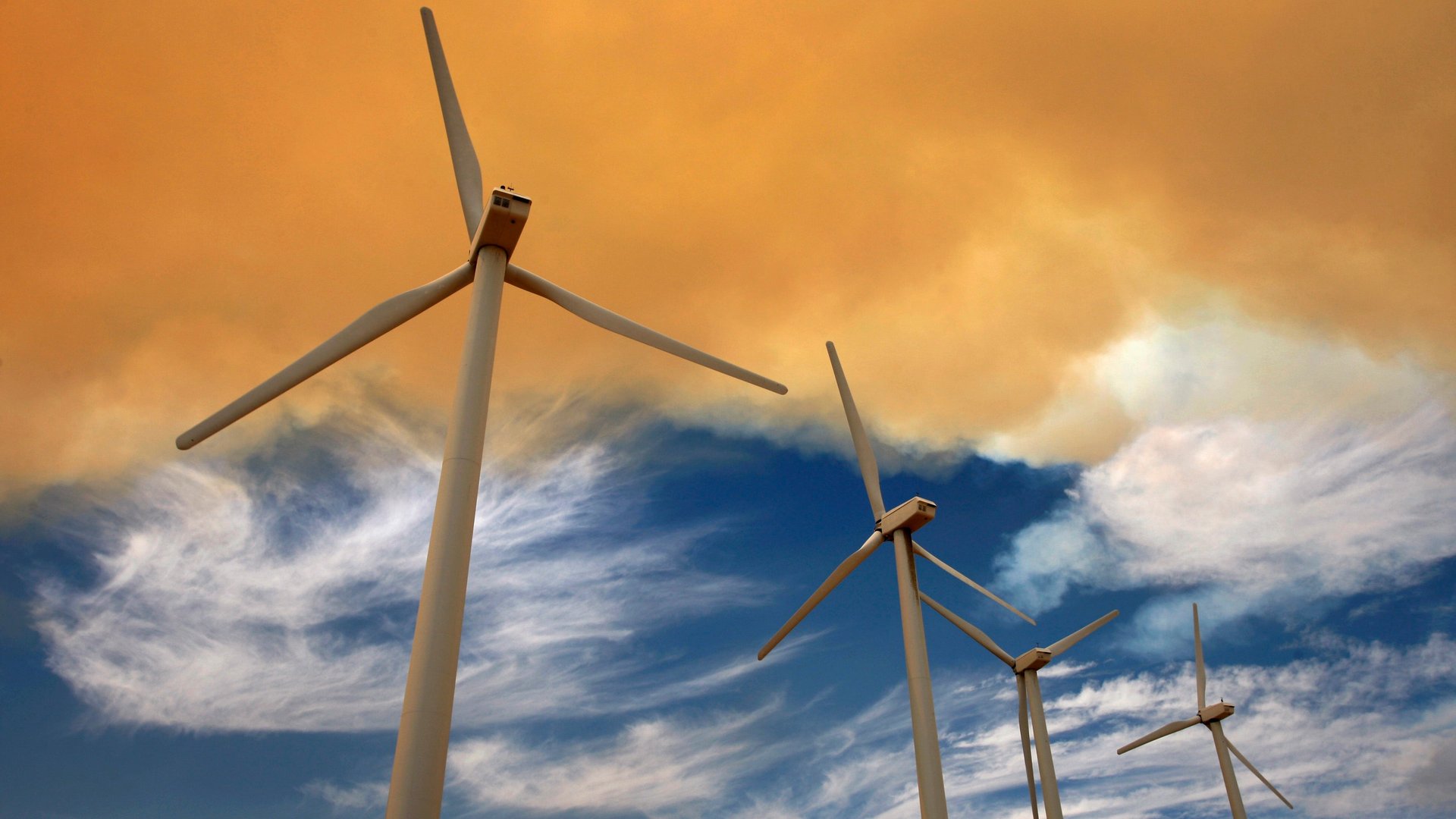The one additional phrase that makes California’s historic climate law much more achievable
Earlier this week, California’s legislature voted to pass SB100. If the bill is signed by governor Jerry Brown, it could become a historic climate law, paving the way for the US state to acquire 100% of its electricity from renewable and zero-carbon sources by 2045. It would put California, the world’s fifth-largest economy, among only a handful of countries and states with such an ambitious goal.


Earlier this week, California’s legislature voted to pass SB100. If the bill is signed by governor Jerry Brown, it could become a historic climate law, paving the way for the US state to acquire 100% of its electricity from renewable and zero-carbon sources by 2045. It would put California, the world’s fifth-largest economy, among only a handful of countries and states with such an ambitious goal.
That governor Jerry Brown still hasn’t signed the bill has many environmentalists worried. Some reports suggested that Brown was withholding his signature in the hope of getting the state’s lawmakers to back his priorities, such as expanding California’s electricity market. But Brown, who has built a reputation as a climate champion, is unlikely to veto the bill.
If it does become law, the presence of one additional phrase—“zero-carbon”—is likely to make the goals set much more achievable. To understand why, we need to look a little deeper into how an electric grid works.
In its most basic form, an electrical grid is like a series of pipes. When you turn the switch on, the grid’s job is to ensure that you can be connected to an electricity-generating power plant. In other words, the grid only works when the electricity consumed is perfectly balanced by the electricity generated.
But in a world powered by solar and wind power, such a grid is unlikely to work. The sun doesn’t always shine and the wind doesn’t always blow. A solution to the problem is energy storage, such as in batteries. But batteries are expensive. A recent study found that to run the US electric grid on 80% renewables will require about $2.5 trillion of batteries. The costs balloon up the closer you get to 100% renewables.
The cheapest form of energy storage is pumped-hydro technology, which makes up more than 95% of the world’s capacity for storing energy on the grid. It works by pumping water up a dam when excess electricity is available and letting it fall on turbines to generate the electricity back when needed. But because it requires specific topographies, such as mountains and sources of water, it cannot be deployed everywhere it’s needed.
Given the preference of most Californians, there’s a likelihood that a bill pushing for a 100% renewables target could have passed. But given the difficulties of cost, it’s unlikely California would have achieved that goal by 2045.
The addition of the phrase “zero-carbon” makes California’s goal technology neutral. That means, if energy storage sees a breakthrough and drastically lower costs, then California could be powered by 100% renewables. But barring that possibility, California’s lawmakers remain open to using zero-carbon technologies such as carbon capture and storage, where fossil fuel is burned but its emissions captured and buried underground, or nuclear power, which is the largest zero-carbon source of electricity in the US today.
The story of how legislators made sure to include not just renewable sources but also zero-carbon sources remains a mystery, despite queries to a few experts on California’s laws. The bill was introduced January last year with the wording in place. And, yet, it’s not clear whether Senator Kevin De León, who introduced the bill, was aware of the technicality. He told Climate Home as recently as last August that by “moving to 100% RPS [renewable portfolio standard], we send a very clear signal to the market.” The bill’s goal is to move to 60% renewables by 2030 but the remaining 40% can be achieved through any zero-carbon source, including renewables.
🌎 Quartz is running a series called The Race to Zero Emissions that explores the challenges and opportunities of energy-storage technologies. Sign up here to be the first to know when stories are published.